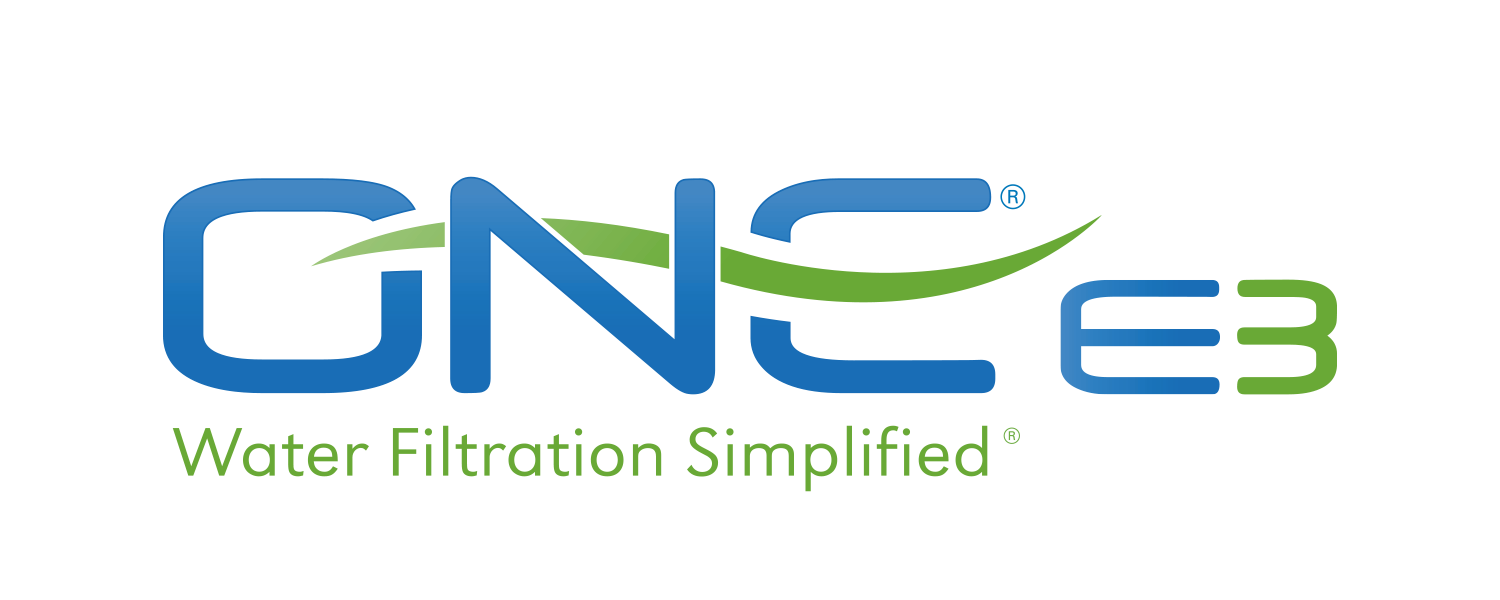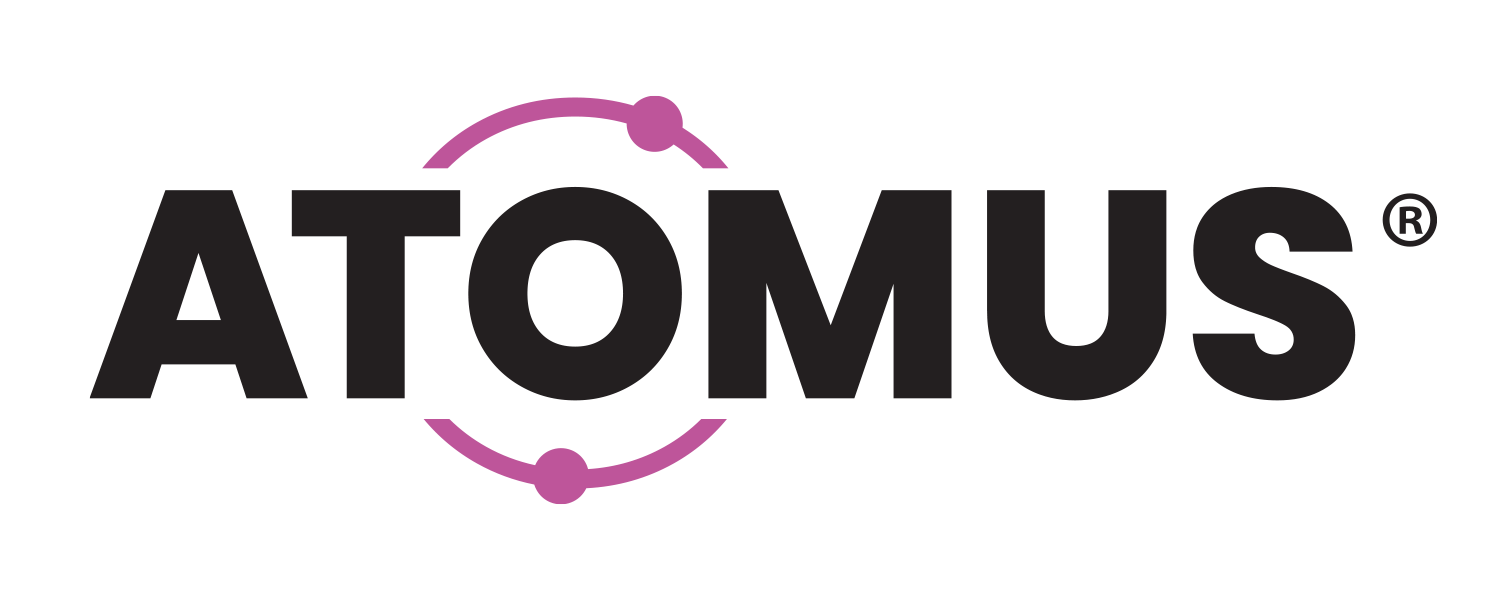With concern over PFAS chemicals increasing nationwide and the Environmental Protection Agency (EPA) not currently having an enforceable legal limit of PFAS in drinking water, more states are taking action to address the problem. New Hampshire is one recent example.
As reported by New Hampshire Public Radio, the state recently adopted one of the strictest standards when it comes to PFAS in public drinking water supplies. Under the new rules:
- Utilities must test for 4 types of PFAS four times each year
- Results cannot be over the strict new limits—which include 12 parts per trillion (ppt) for PFOA & 15 ppt for PFOS*
- If high PFAS levels are detected, the article states that “utilities will have to switch to a different water source or develop costly treatment systems”
*For context, the EPA currently has a suggested health advisory level for PFAS in drinking water of 70 parts per trillion (ppt)
While it certainly seems like a good thing to keep residents’ drinking water safe from PFAS, the new limits are not without some controversy. The article notes that “some local officials still argue the rules are an unconstitutional unfunded mandate”.
To aid in the transition to the new rules, the New Hampshire Department of Environmental Services has a budget to help utilities (especially smaller ones) address any issues they may encounter—particularly in the first year of compliance. But the article does note that more budgetary challenges may arise in the next couple years.



